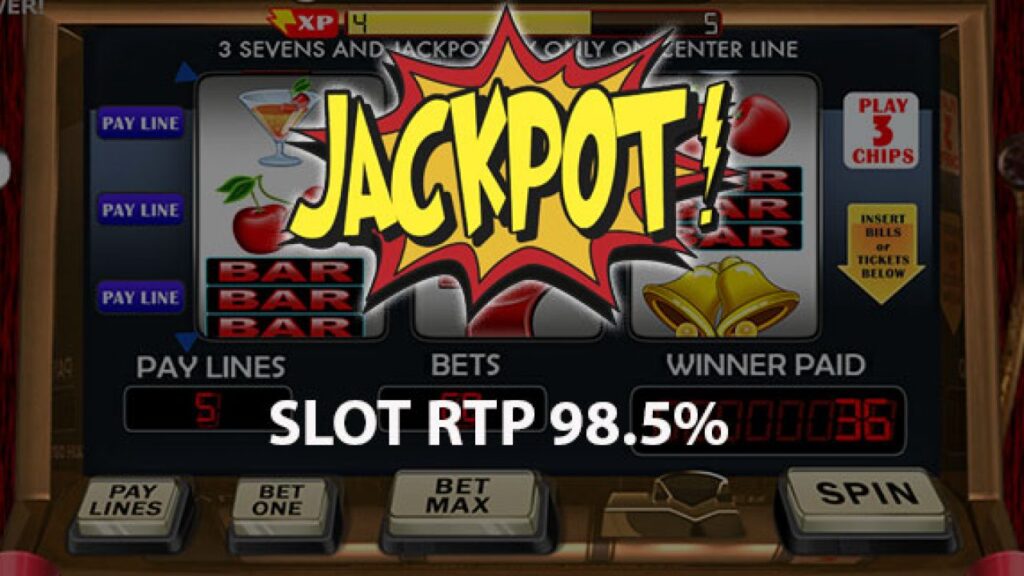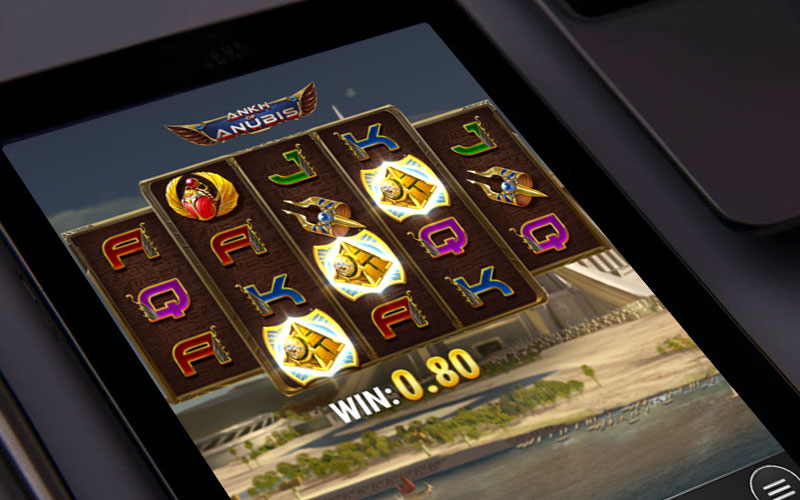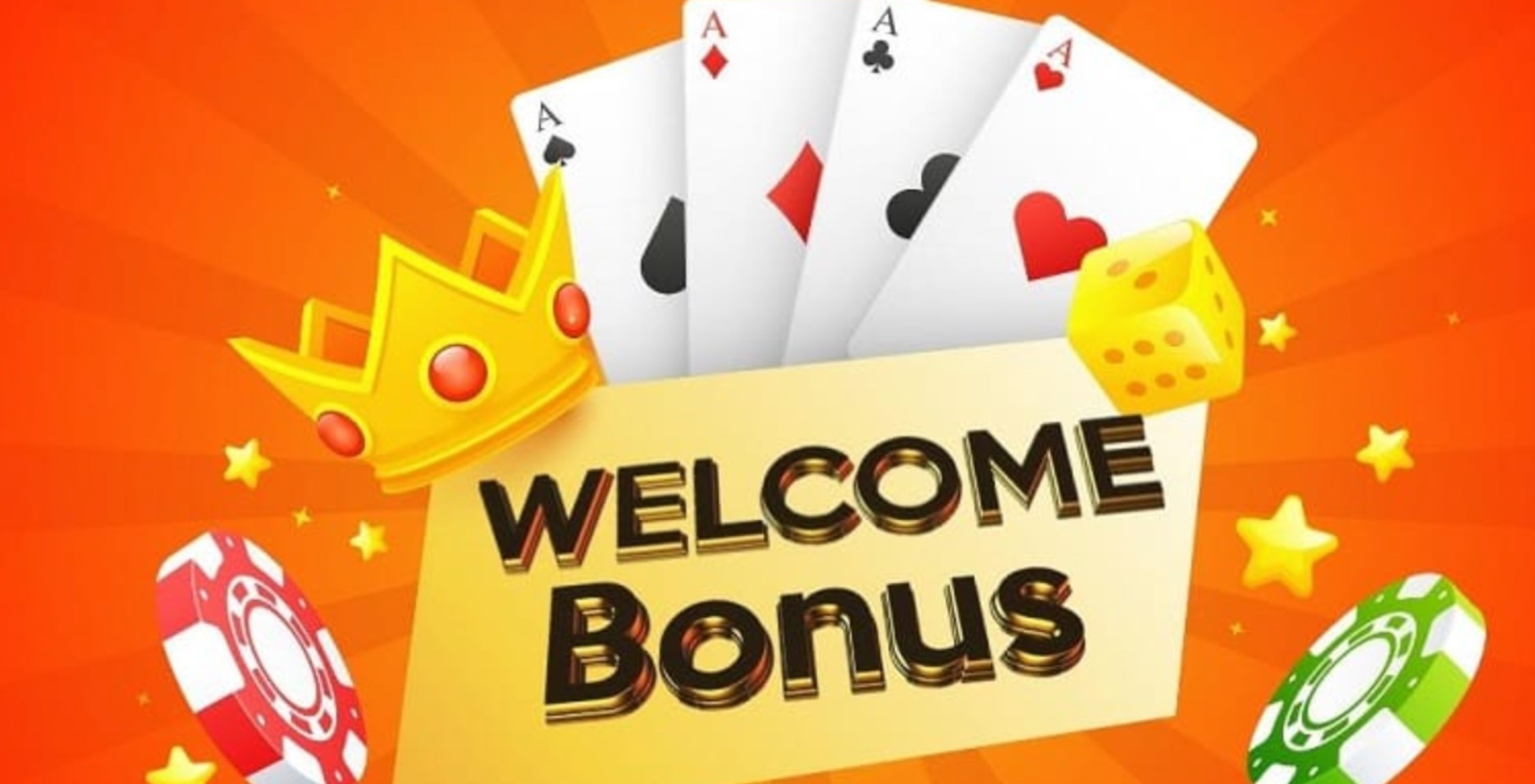Online casinos hide hundreds of mechanisms behind the bright covers of slots. Beginners (and experienced players) often confuse basic parameters that determine how gambling works. The difference between RNG and RTP is precisely one of those subtle points. Ignorance and misunderstanding of these concepts create a distorted picture of winning probability and fuel false expectations. Beneath the surface of spinning reels operates a precise mathematical algorithm that needs to be not just known, but understood — down to the numbers, logic, structure.
What is RNG
Random Number Generator is a software algorithm that creates unpredictable gaming events. This indicator determines which symbol will appear on the reel, where the roulette will stop, and where the virtual dice throw will end. Each trigger initiates an instant calculation based on millions of possible combinations.

Example: in a slot with 5 reels and 10 symbols on each, the total number of variations is 10⁵ = 100,000. It generates the result of one such combination instantly and without external influence. This randomness is not chaotic but programmatically calculated. Randomness is controlled by a complex algorithm encoded in software approved by regulatory bodies.
The reliability of RNG is confirmed by audits conducted by independent laboratories (such as eCOGRA, iTech Labs), which verify compliance with principles of transparency and fairness. Only after this, the casino operator receives a license to launch games on the platform.
What is RTP
 Return to Player — the percentage of payouts to the player. This indicator shows what portion of all bets the system returns as winnings over the long term. For example, if it is 96%, theoretically out of 1000 dollars wagered, 960 will return to the players. The remaining 40 goes to the provider and operator.
Return to Player — the percentage of payouts to the player. This indicator shows what portion of all bets the system returns as winnings over the long term. For example, if it is 96%, theoretically out of 1000 dollars wagered, 960 will return to the players. The remaining 40 goes to the provider and operator.
It forms the mathematical model of the game, calculating the average return over millions of rounds. The embedded value remains stable and is adjusted only during slot development.
RNG and RTP in online casinos are two distinct elements. The first sets the strategic payout line and operates over millions of bets ahead. The second evaluates the system’s behavior in the long-term perspective, representing statistics for a year.
The Difference Between RNG and RTP: Two Cores of One System
The difference lies in the dimension of time and influence. RNG controls each bet separately, it’s the roulette in the moment. RTP assesses the system’s behavior in the long term, it’s the yearly statistics.
The difference between the indicators is critical for understanding payout mechanics:
- Random Number Generator sets randomness but does not control the overall percentage of winnings.
- The player’s payout percentage does not affect the frequency of wins but determines the ratio of loss to return.
- RNG cannot be “predicted,” RTP can be measured.
- RNG ensures randomness, RTP represents the financial model.
- RNG implements an algorithm, RTP builds a mathematical model.
Both parameters require regular checks — audits, regulation, mandatory certification, and monitoring. Without them, the game does not meet security and transparency standards.
Why Players Confuse RNG and RTP
The main reason is the similarity of terms and the lack of understanding of their functional essence. Many perceive the payout coefficient as a chance to win, and the numerical generator as a fairness factor. In practice, it’s the opposite: RTP is the return share, and RNG is the guarantee of fairness.
The absence of educational materials on operators’ websites, confusing descriptions from providers, and a superficial understanding of software intensify myths. This often manifests in cases where a win does not come after a series of bets — the player blames RTP, not realizing that the culprit here is only the random algorithm.
How to Use Knowledge of RNG and RTP
Understanding the difference between RNG and RTP enhances the efficiency of slot selection and helps evaluate the probability of winning. Different games have different levels of player return percentage. For example:
- Starburst (NetEnt) — 96.09%.
- Book of Dead (Play’n GO) — 96.21%.
- Dead or Alive 2 (NetEnt) — 96.8%.
- Bonanza (Big Time Gaming) — 96%.
One slot may have a high coefficient but rare wins, another may have an average one but frequent minimal payouts. Meanwhile, the random number generator ensures pure randomness, not giving any advantage, even if you enable “auto-spin” for 1000 rounds.
What to Check Before Playing
Before starting a slot, it’s important not only to press “Spin” but also to understand the game’s architecture. Only a conscious approach allows you to identify the difference between RNG and RTP and assess how reliably and transparently the system operates. Checkpoints include:
- RTP rate — from 94% to 98% is considered optimal. Anything lower is disadvantageous in the long run.
- Presence of a license — verification of the platform’s authority (Malta Gaming Authority, Curacao, UKGC).
- RNG certificate — guarantee of fair play (from GLI, iTech Labs, etc.).
- Regular audit — confirmation of compliance with standards.
- Game developer — the provider’s name affects the algorithm’s quality.
- Slot volatility — high means rare but big wins; low means frequent but small wins.
- Player reviews and operator reputation — indirect but useful data.
- Support for responsible gaming — an important safety criterion.
This preliminary check allows for an objective assessment of the game’s reliability and payout mechanisms. It is through such parameters that the real difference between these indicators is revealed, not the illusion of control over luck.
How Operators and Providers Maintain Balance
For providers, it’s a complex development process. Programmers, mathematicians, analysts, lawyers, and gamification specialists work on a single game. Each slot contains an embedded return level scheme calculated through hundreds of thousands of runs.
For example, Pragmatic Play uses its Enhance platform, which implements a payout coefficient to three decimal places. Microgaming and NetEnt test games on 1–10 million simulations. This provides an accurate, stable result without fluctuations.

The operator receives the finished product, integrates it into the platform, and connects it to their own accounting and payout modules. Then everything undergoes scrutiny for compliance with regulatory standards, which vary depending on the jurisdiction: in the UK (UKGC), norms are strict, in Curacao, they are softer, but requirements for these indicators are still mandatory.
The Difference Between RNG and RTP: Conclusions
 The difference between RNG and RTP is not an abstract theory. It’s applied logic embedded in every spin, in every bet. Without knowledge of these concepts, the game turns into blind luck. With understanding, it becomes a conscious decision-making system.
The difference between RNG and RTP is not an abstract theory. It’s applied logic embedded in every spin, in every bet. Without knowledge of these concepts, the game turns into blind luck. With understanding, it becomes a conscious decision-making system.
 en
en  ru
ru  de
de  ar
ar  es
es  hi
hi  fr
fr  nl
nl  it
it  pt
pt  el
el 



